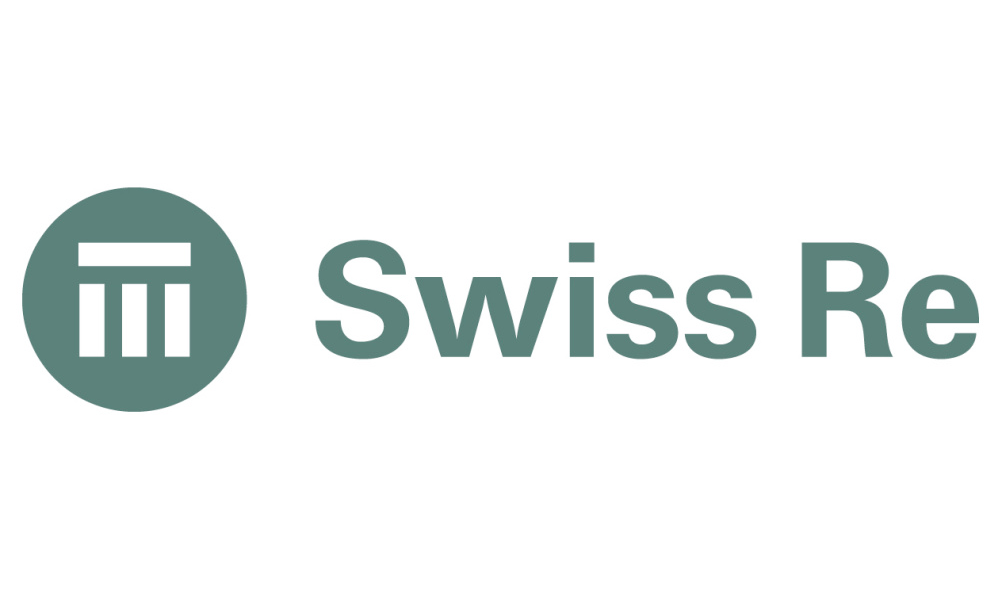Jimmy Lim, Head of Engineering Underwriting Asia at Swiss Re, stated that the Asian Development Bank estimates the Asia-Pacific (APAC) region needs to invest almost USD 2 trillion each year in infrastructure.
This substantial investment is critical to supporting economic growth, addressing poverty, and combating climate change.
As Lim states, “This represents an enormous challenge, but equally a tremendous opportunity to build a better region for everyone.”
The dynamic nature of the regional construction and infrastructure sector is not without its challenges. Lim emphasises that the sector is grappling with significant vulnerabilities, including a shortage of skilled labor and economic uncertainty.
The threat of climate change looms large, further exacerbated by an increase in extreme weather events. Despite these obstacles, the steady growth of the population and urbanisation in parts of APAC is fuelling demand for large-scale building projects, presenting considerable opportunities for sustainable development and infrastructure improvements.
While many events are beyond our control, there are evident gaps in the standard protective measures for construction that can be addressed.
During the construction phase, projects typically rely on a contract works policy that offers compensation for specific risks. However, once construction is completed, a post-completion policy takes over, leaving a critical grey area.
As Lim notes, “This leaves a critical grey area: neither the standard construction nor post-completion policy covers damages that arise later due to inherent defects in a building’s structure.”
This lack of coverage exposes property owners to significant financial risks, particularly in light of recent instances of post-construction defects in new-build apartments in Sydney, Australia. Such situations can not only lead to financial losses but also erode confidence in the construction industry.
To address this gap, Lim advocates for the adoption of Inherent Defect Insurance (IDI). IDI offers 10-year, first-party coverage that protects building projects against structural instability or collapse due to design, workmanship, or material defects that may have existed prior to handover.
This type of insurance effectively bridges the gap between the construction and post-construction phases, providing reassurance to potential homeowners and buyers.
Moreover, the benefits of IDI extend beyond mere financial protection. Lim points out that “Cover can help enhance project quality as insurance companies will engage independent inspectors to assess design and construction as work progresses.” This proactive approach ensures that homeowners feel secure knowing they are protected by an insurer should any issues arise.
Given the significant advantages of IDI and the crucial role housing plays in social and economic cohesion, many governments now view it as an essential social protection measure.
However, as Lim states, “In APAC, however, IDI is still a relatively new concept.” The risks associated with construction projects in the coming decades necessitate a shift toward more widespread adoption of IDI.
Through their collaboration with early adopters of IDI in the region, Lim and his team have observed a positive impact.
They worked with the Shanghai Government and local insurance markets to develop a tailored IDI system, which has since been adopted in over 40 cities across China.
In Japan, participation in the IDI reinsurance pool has been a response to a scandal involving falsified earthquake resistance calculations, with the government requiring developers to either pay a deposit or secure IDI coverage since 2009.
One standout example of IDI’s potential is Lim’s recent partnership with Taiwan Fire & Marine Insurance to issue the first two IDI policies for a local developer.
This initiative underscores the growing demand for assurance in construction quality and enhanced insurance protection among developers, as these projects represent significant investments.
For insurers considering IDI, several key factors must be taken into account. First, IDI is a “long tail” business, providing 10-year protection for buyers after the completion of construction.
Therefore, partnering with a reputable reinsurer with experience, such as Swiss Re, is crucial. Additionally, establishing a reliable independent inspection system is vital for effective coverage.
Regulatory support is also necessary to prevent issues like anti-selection, where asymmetries in risk information could disadvantage insurers in extending IDI coverage.
Creating a better living environment in the APAC region will require collective efforts from developers, insurers, governments, and other stakeholders.
Lim expresses confidence in this collaborative approach: “Our experience gives us confidence that we will all benefit from the results, as our region’s development takes place on more resilient foundations.”
Ultimately, building resilience is essential for fostering a stronger and more sustainable future in APAC. As Lim concludes, “Now is the time.”



